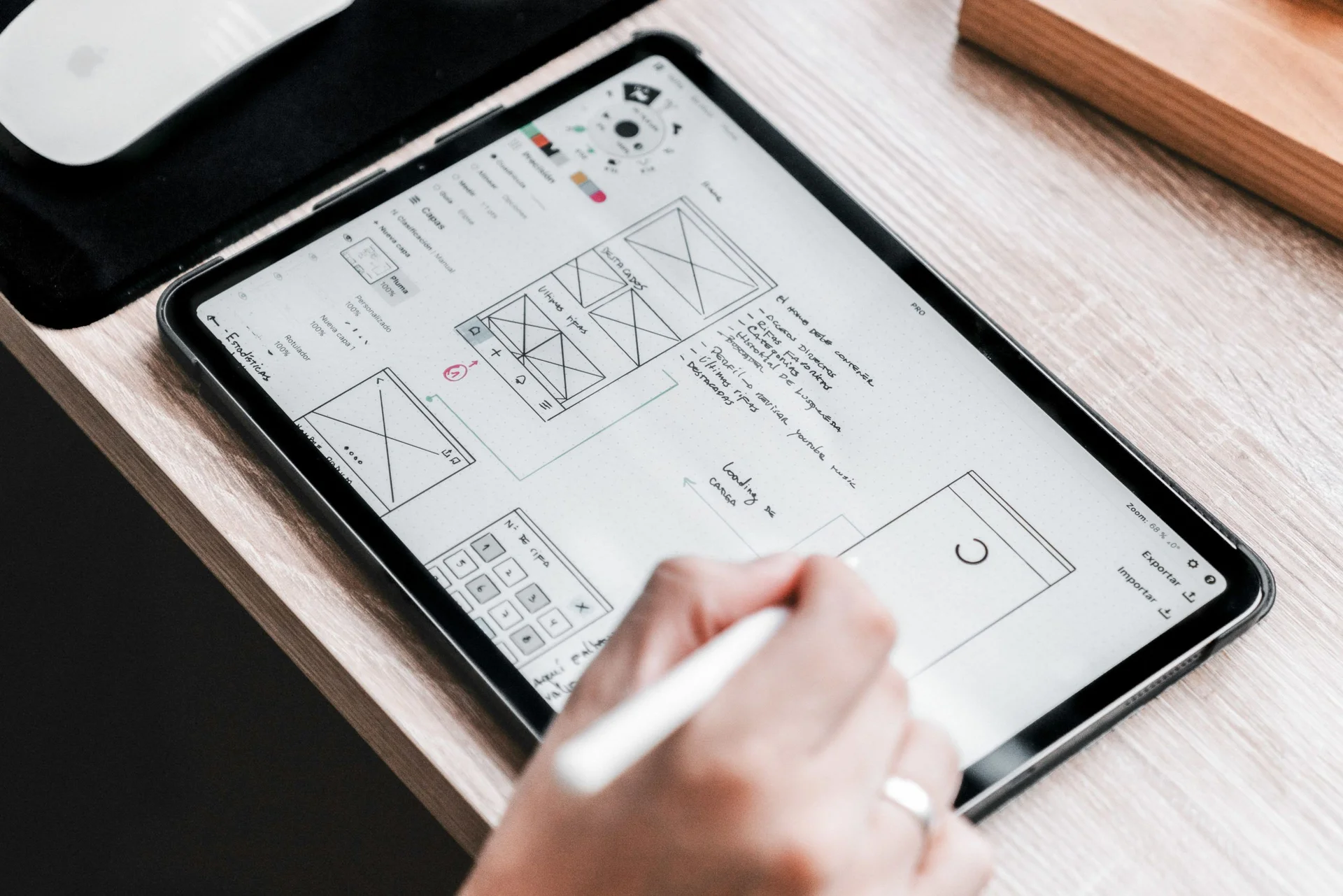Discover why developers need a strong understanding of UI to avoid common mistakes. Learn how mastering UI principles can enhance your development projects.
Many years ago, I started to develop my first application using VB.NET (Visual Basic). The idea was to control the assets of a company.
This app had an average of 10 forms, approximately. With many inputs, buttons, and grids, among others. I was alone in the project and had to figure out everything on my own. Besides, I didn’t have any idea about how to organize the different components on each form. But when I was testing the app, I realized that my experience as a user was much better if inputs, buttons, spaces, and margins were well placed.
While developing the app, I learned the importance of colors in a website. Being the only one working on the project forced me to work as both the designer and the QA, completing review cycles. Throughout this process, I understood that without a good UI, colors won’t have the same impact, and the user will not have a good impression of the product.
Each time we build a product, we have a new opportunity to see the development process with other eyes, mainly the users’ ones. Focusing on their needs to solve the different issues in the simplest way possible will allow us to deliver the best experience for the end users.
As developers, we need to change our minds, acknowledging that we could avoid so many obstacles by just following a good UI/UX design pattern. And this is the catch: designers should always be present from the beginning to the end of the development process.
Designers are the ones in charge of leading the way to outstanding deliverables. Our role as developers is to assemble the vision they put together on a canvas and turn it into UI components. However, the way those components should be presented is a game-changer decision: an application might work well, but if it doesn’t look good, it won’t sell. A solid experience in UX modeling and good judgment for web interfaces are the key skills to successfully create a clean design.
Our main mission as developers is not to write code to get a salary, but to understand the purpose of the UI elements and the way they work. Why? Because that will help us to know what the user needs and get a better perspective of what would be the best way of building it.
Designers can see deep into the functionality of each component because they have insight into what the client expects in the different phases of the project. So it is always a good practice to ask for a well-detailed explanation of the design’s structures and the way the components interact with each other. A good development strategy is always based on a good understanding of the project’s goals.
Another important reason that we need to keep in mind is that a product is a process that requires a considerable number of phases before the final one. That’s the only way the users are going to have the best experience that adds real value to their lives. Patience is a great ally on this whole journey.
Overall, we just need to remind ourselves that creating an app is a magnificent journey full of hard decisions and complex issues. No project can be successful if there is no alliance between the design and development teams. Moreover, it is a learning path for both parties, in which each member can sharpen their skills by sharing knowledge with one another to shape a high-quality product.
Finally, having consistent design patterns and the best UX possible, we allow users to understand how the application works more quickly and more efficiently. The UI is the guide for users throughout an application or software, using different elements such as fonts, color palettes, images, and a whole world of animations and components. It isn’t a matter of making something great, but at the same time creating something useful.
At Ideaware, we’ve helped startup founders and fast-growing companies around the United States “staff and scale” their software design and engineering teams. Our recruitment team is focused on hiring the top 5% of developers and designers for US-based clients. We have done this time and again since 2010 with clients like Curb.com, LovePop, and more.
Why Ideaware?
Since 2010, we’ve helped US companies scale with top-tier tech talent, not just by filling roles, but by becoming long-term partners in growth.
- We handle sourcing, hiring, onboarding, and retention.
- Start receiving CVs as soon as 48 hours.
- You could meet your new teammate in as little as 8–12 days.
- Our retention rates are 2x the industry average.
Contact us here to discuss your hiring strategy, and we will get in touch with you within 24 hours or less.
